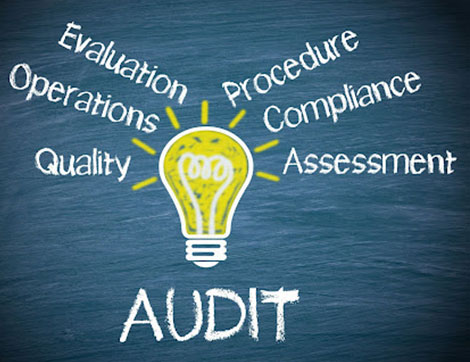Compliance is the essential element that holds together effective business communications.
The act of compliance refers to the process of conforming to set rules, regulations or standards. Rules and regulations are the formal requirements that must be met in order to operate legally. Standards are the accepted ways of doing things that have been agreed upon by those in the know. In a business context, compliance […]











